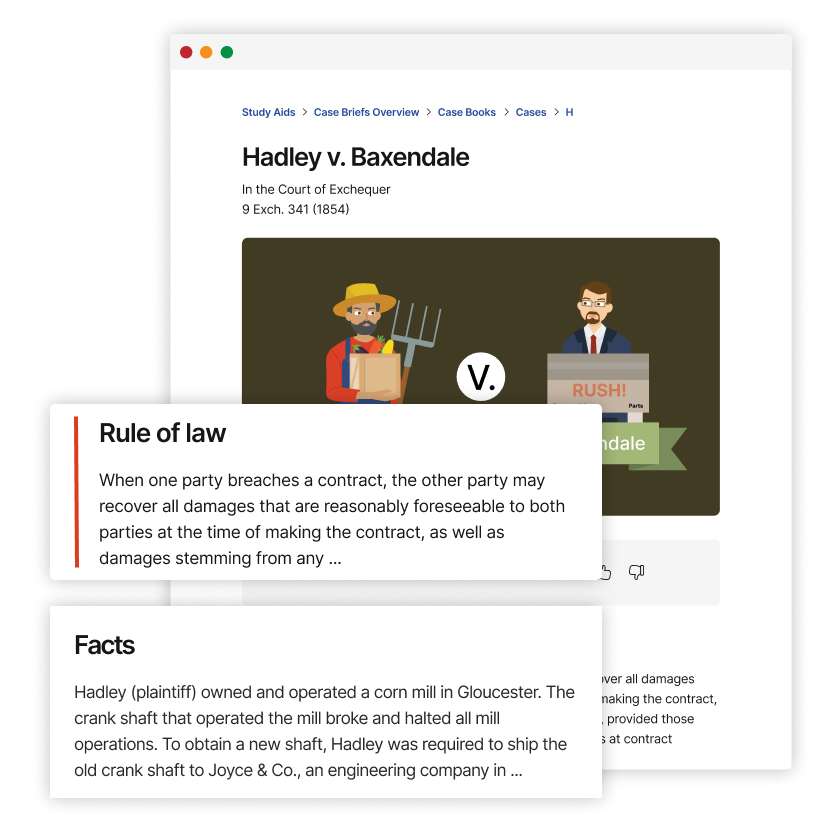Fashion Boutique of Short Hills, Inc. v. Fendi USA, Inc.
United States Court of Appeals for the Second Circuit
314 F.3d 48 (2002)
- Written by Abby Roughton, JD
Facts
Beginning in 1983, Fashion Boutique of Short Hills, Inc. (Fashion Boutique) (plaintiff) sold products from the luxury fashion house Fendi in a New Jersey mall. Fashion Boutique had over 8,000 customers on its mailing list and was the only freestanding Fendi boutique in the New York City area until October of 1989, when Fendi Stores, Inc., a subsidiary of Fendi USA, Inc. (collectively, Fendi) (defendants), opened a retail store on Fifth Avenue in New York City. After Fendi opened the store, Fashion Boutique experienced declining sales and eventually closed in 1991. Fashion Boutique subsequently sued Fendi, alleging that Fendi employees at the Fifth Avenue store had misrepresented to customers that Fashion Boutique sold fake or inferior Fendi merchandise, which caused similar rumors to spread to Fashion Boutique’s customer base and ultimately destroyed Fashion Boutique’s business. Fashion Boutique alleged that Fendi had violated the Lanham Act’s prohibition against misrepresenting another person’s goods or services in commercial advertising or promotion. Fashion Boutique presented evidence that before Fashion Boutique closed, Fendi employees told 11 shoppers about the supposedly inferior nature of Fashion Boutique’s products, and another 16 shoppers heard similar rumors. The evidence showed that Fendi employees never initiated the conversations about Fashion Boutique and only made comments after the shoppers brought up Fashion Boutique. Additionally, Fashion Boutique presented evidence that after Fashion Boutique closed, Fendi employees gave misleading information about Fashion Boutique and its products to nine customers and undercover investigators. The district court granted summary judgment in Fendi’s favor on the Lanham Act claim, concluding, among other things, that the Fendi employees’ disparaging comments about Fashion Boutique did not constitute commercial advertising or promotion because the employees’ statements were not sufficiently disseminated to the relevant purchasing public. The court also excluded the evidence of the rumors as hearsay and as more prejudicial than probative. Fashion Boutique appealed.
Rule of Law
Issue
Holding and Reasoning (Walker, Jr., C.J.)
What to do next…
Here's why 899,000 law students have relied on our case briefs:
- Written by law professors and practitioners, not other law students. 47,000 briefs, keyed to 994 casebooks. Top-notch customer support.
- The right amount of information, includes the facts, issues, rule of law, holding and reasoning, and any concurrences and dissents.
- Access in your classes, works on your mobile and tablet. Massive library of related video lessons and high quality multiple-choice questions.
- Easy to use, uniform format for every case brief. Written in plain English, not in legalese. Our briefs summarize and simplify; they don’t just repeat the court’s language.




